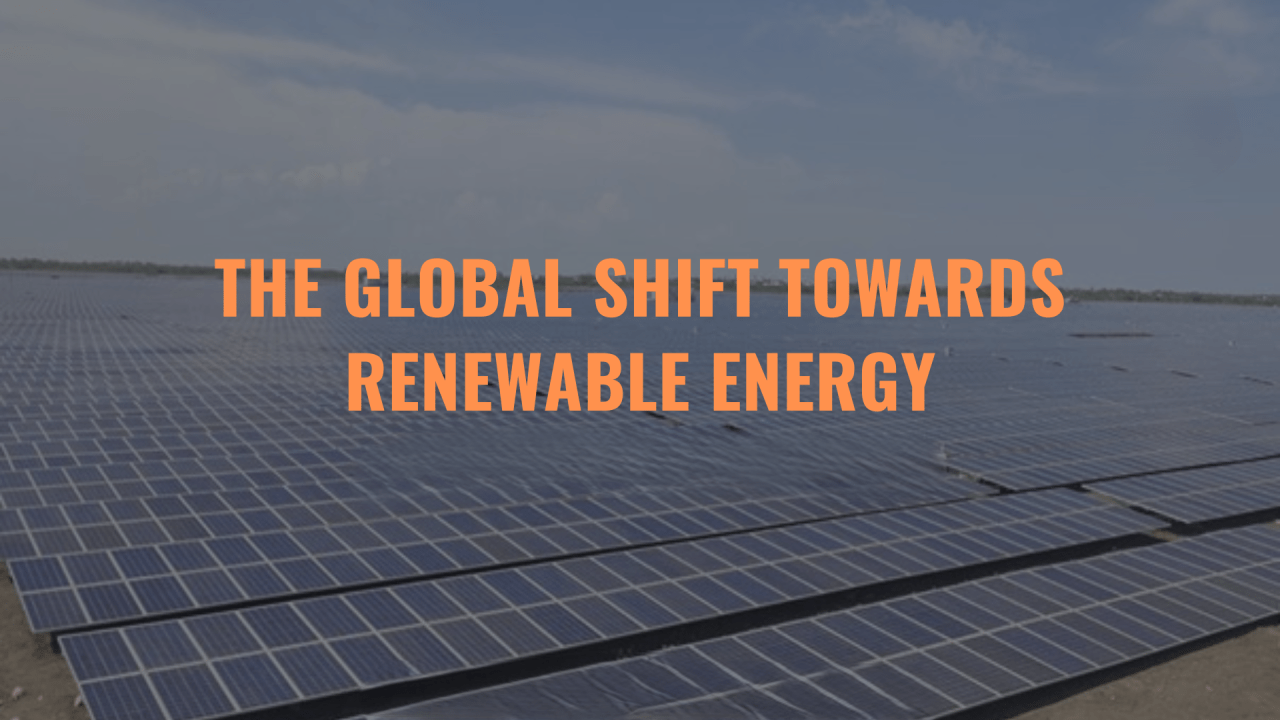Around the world, the race to reduce carbon emissions and transition to sustainable energy sources is accelerating. At the heart of this transformation lies solar energy — a clean, renewable, and increasingly affordable power source that is reshaping the global energy landscape. From industrial giants to developing nations, countries everywhere are investing in solar technology to secure a greener future.
Why the World Is Turning Toward Solar Power:
Solar energy has moved from being an expensive, niche solution to a mainstream power source. Several factors drive this shift:
• Falling Costs: The price of solar panels has dropped by over 80% in the past decade.
• Climate Goals: Nations are adopting net-zero targets to combat climate change.
• Energy Security: Solar reduces dependence on imported fossil fuels.
• Job Creation: The solar industry employs millions worldwide, driving green economic growth.
As a result, global solar capacity has grown exponentially — surpassing 1,400 gigawatts (GW) by 2024, according to the International Energy Agency (IEA).
Leading Countries in the Solar Revolution:
1. China: The Solar Superpower
China is the undisputed global leader in solar energy. It accounts for over one-third of the world’s installed solar capacity and dominates solar panel manufacturing. With massive solar farms, such as the Tengger Desert Solar Park (nicknamed the “Great Wall of Solar”), China continues to expand its renewable energy infrastructure in an effort to meet its ambitious carbon-neutral target by 2060.
2. United States: A Clean Energy Frontier
The U.S. is rapidly expanding its solar footprint through federal incentives, tax credits, and state-level policies. States like California, Texas, and Florida are leading the charge. The Inflation Reduction Act (IRA) has fueled massive investment in domestic solar manufacturing and installation, pushing the country toward its goal of 100% clean electricity by 2035.
3. India: Solar Power for All
India’s solar journey is one of rapid progress. Through ambitious projects like the National Solar Mission and the International Solar Alliance (ISA), India has become one of the top three solar markets in the world. With large-scale parks such as Bhadla Solar Park (over 2.2 GW), the country aims to achieve 500 GW of renewable capacity by 2030.
4. Germany: The European Solar Pioneer
Germany’s Energiewende (Energy Transition) program made it one of the first nations to embrace solar power at scale. Despite its moderate sunlight, Germany invested heavily in rooftop solar and feed-in tariff programs. Today, it remains a global model for integrating solar into national grids and promoting residential solar adoption.
5. Australia: The Rooftop Solar Leader
Australia has the highest per-capita rooftop solar installations in the world. Nearly one in three Australian homes is powered by solar panels. With abundant sunlight and supportive government policies, Australia continues to expand renewable energy projects while reducing its reliance on coal.
The Role of Technology in Accelerating Solar Adoption:
Modern innovations are transforming how solar energy is produced, stored, and consumed:
• High-Efficiency Panels: New materials like perovskite are increasing efficiency rates.
• Battery Storage Systems: Technologies like Tesla Powerwall and grid-scale storage help stabilize the solar power supply.
• Smart Grids & AI: Digital systems optimize energy distribution and consumption.
• Floating Solar Farms: Countries like Singapore and Japan are building solar plants on lakes and reservoirs to save land space.
Global Collaboration for a Greener Future:
Solar energy is not just about technology — it’s about global cooperation. Initiatives like the International Solar Alliance (ISA), launched by India and France, are helping developing countries access funding, training, and technology to adopt solar power.
Meanwhile, international financing organizations and private investors are pouring billions into solar projects worldwide, driving inclusive and sustainable energy growth.
Conclusion:
The global shift to solar is unstoppable. As costs continue to decline and technology advances, solar power will play a central role in achieving a carbon-neutral future. Every country — whether industrialized or emerging — has a role to play in building a cleaner, more resilient energy system.
The sun shines on everyone — and as nations unite under the banner of clean energy, solar power is lighting the path toward a sustainable and prosperous world.




